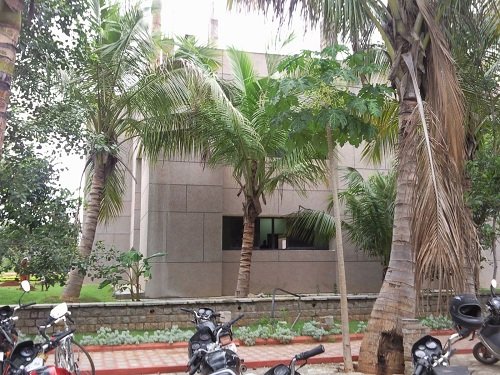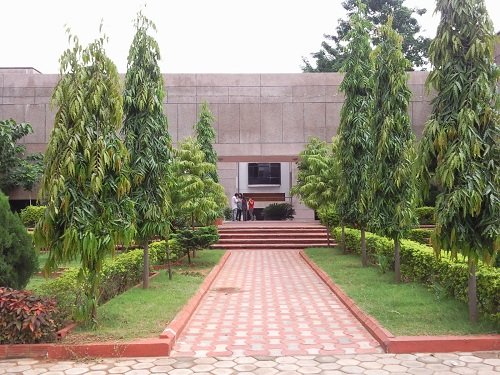Design of an Institution
An Institution is a space where evolution and evaluation of ideas take place. They play a profound role in giving direction and learning.
Institutions should have linkages be both closed and opened, have short term programmed and long term visions, therefore definiteness and ambiguity become an integral part of institution.

The design of institution therefore has the capacity to modify and change both vertically and horizontally all the time, while retaining care. In physical terms, this means that you get course, linkages and spaces which are central and stable even while they and their periphery shifts resulting in a space that responds to and accommodates changing concepts.
Design considerations for the design of an Institution
Scale and Proportions
The scale and proportion of a building impacts the “sense of place” with in. New buildings and additions should acknowledge surrounding context, but recognize and establish human scale. The design of a building should take into consideration how the design affects a person standing at the face of the structure as well as the building’s materials can influence how the building scale is read.

Building citing
How the building is situated on the site will have a significant impact on the success of the design solutions. Care should be taken to cite the building in a way that creates a positive connection between the building and pedestrian paths. The building should acknowledge the setbacks or alignment of adjacent buildings. Adjacent buildings should also be studied in regard to their entry locations, potential for shared plaza or entry arrangements and for the development or enhancement of outdoor spaces and places between buildings. The location of building service entrances also deserve special consideration.

Importance of the Form of the Structure
The form of the building can greatly impact the texture of its area. A consistent form used throughout a specified area provides cohesive, identifiable appearance to that area. The roofline, proportion and visual mass of the building effect the overall form. By using similar building forms, a higher degree of unity between buildings can emerge, even among buildings of differing architectural styles.
Aspect of Landscape Design
Some aspects of institution development other than buildings merit attention. Their efficacious planning and design will contribute to achieving institution’s mission, improved operations and reputation and strengthen the desired sense of place.

The selection and location of outdoor furniture, lighting system, artworks or a bridge can also contribute to place making and place marking. Selection of Elements of Landscape is very important for landscape design.
The built and natural environment should be conceived and developed, with beneficial and regard to each other as unified design.